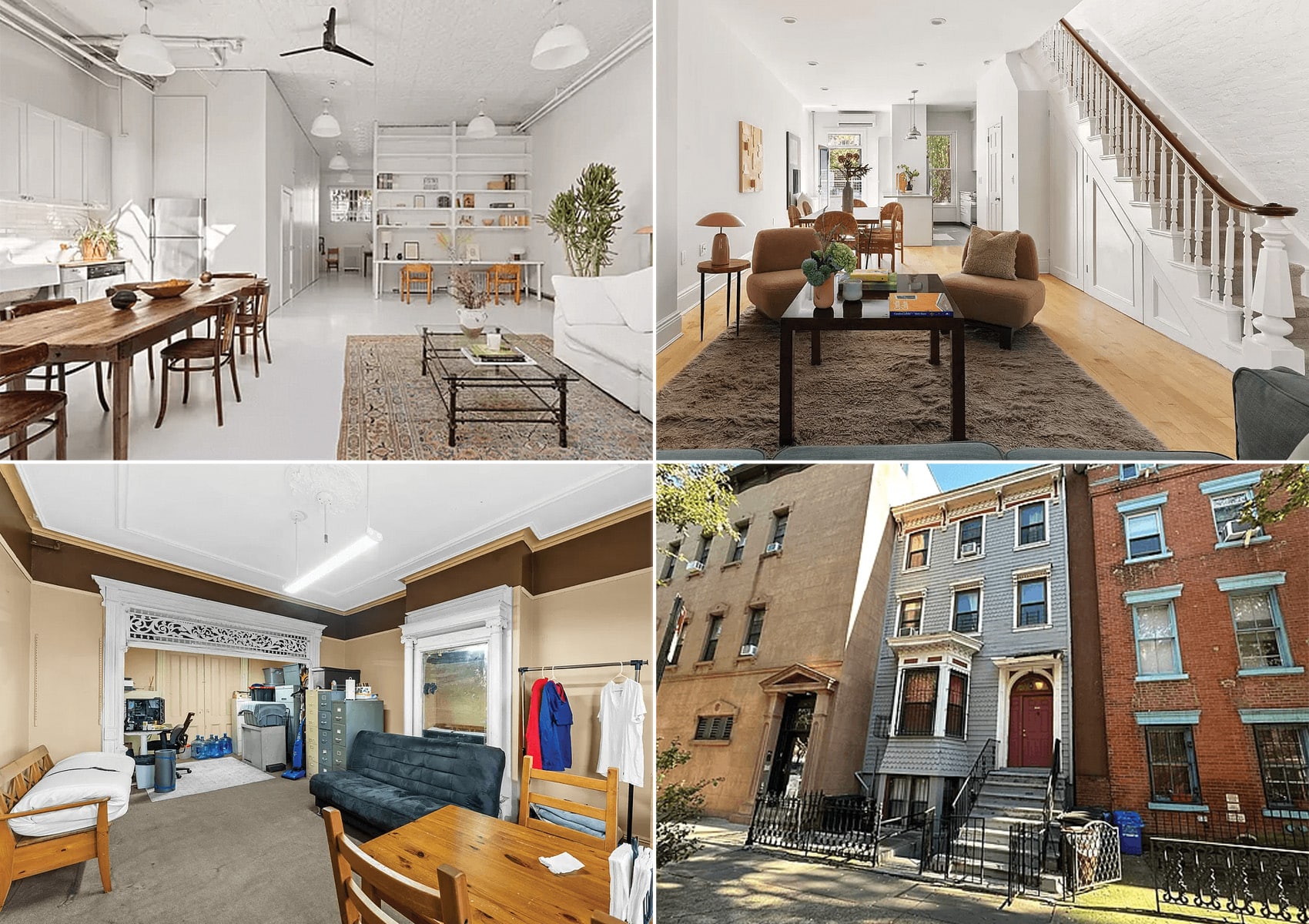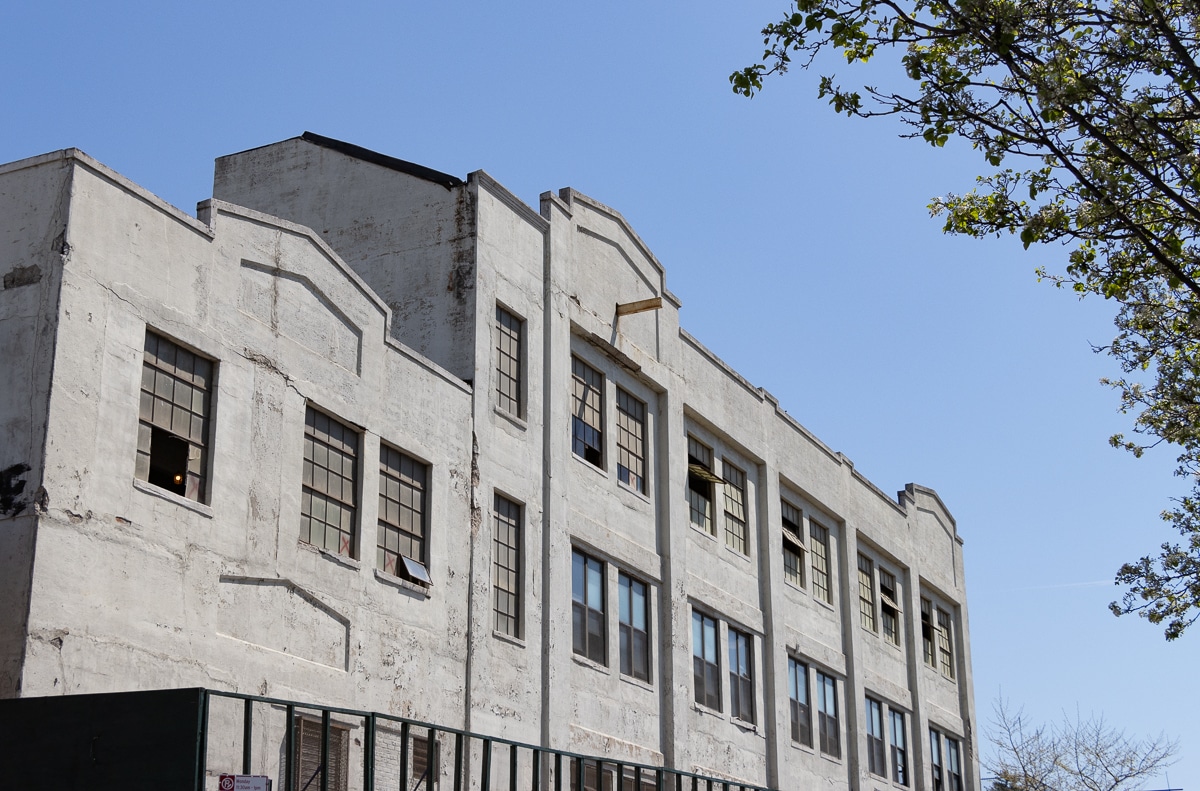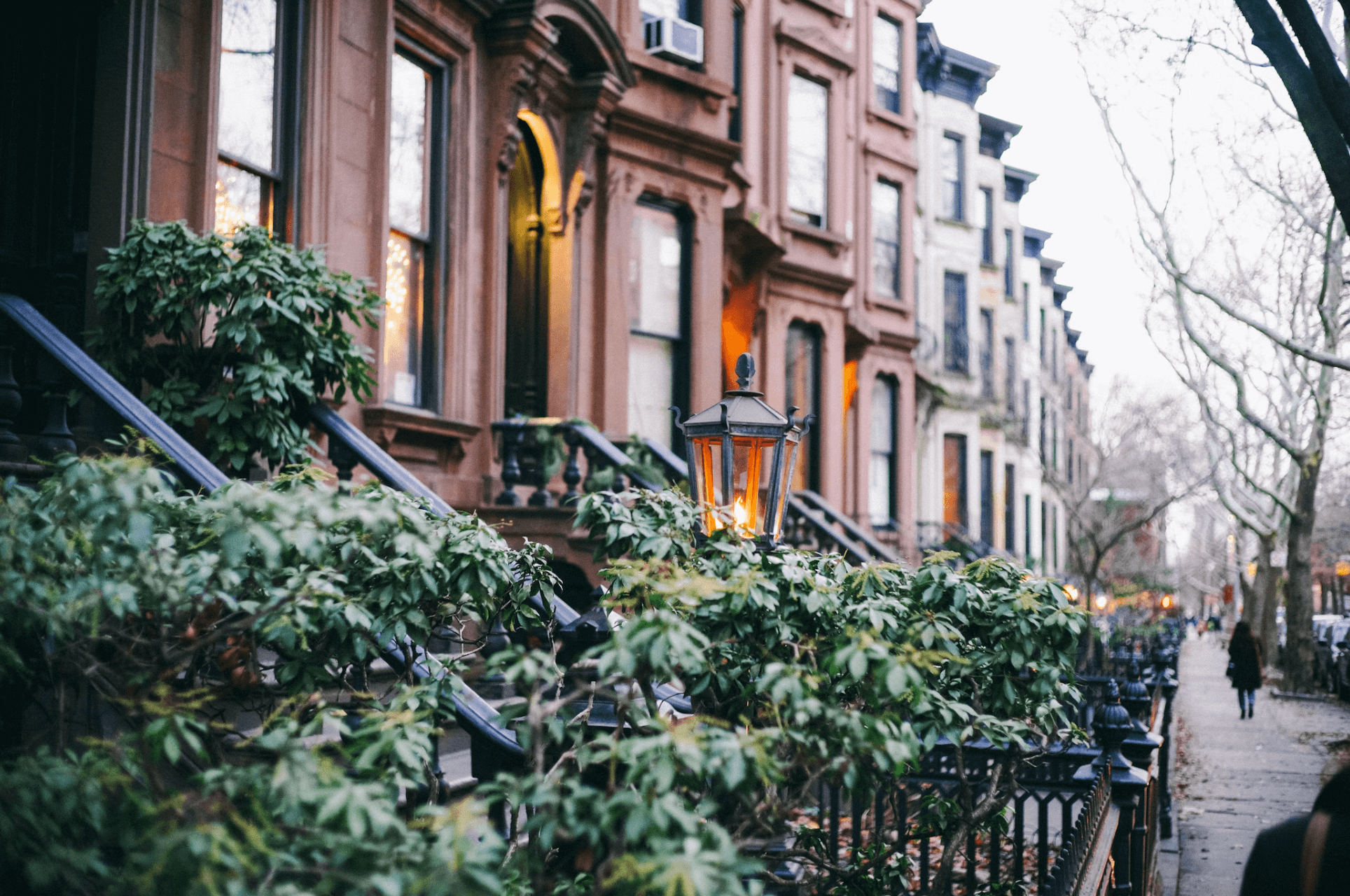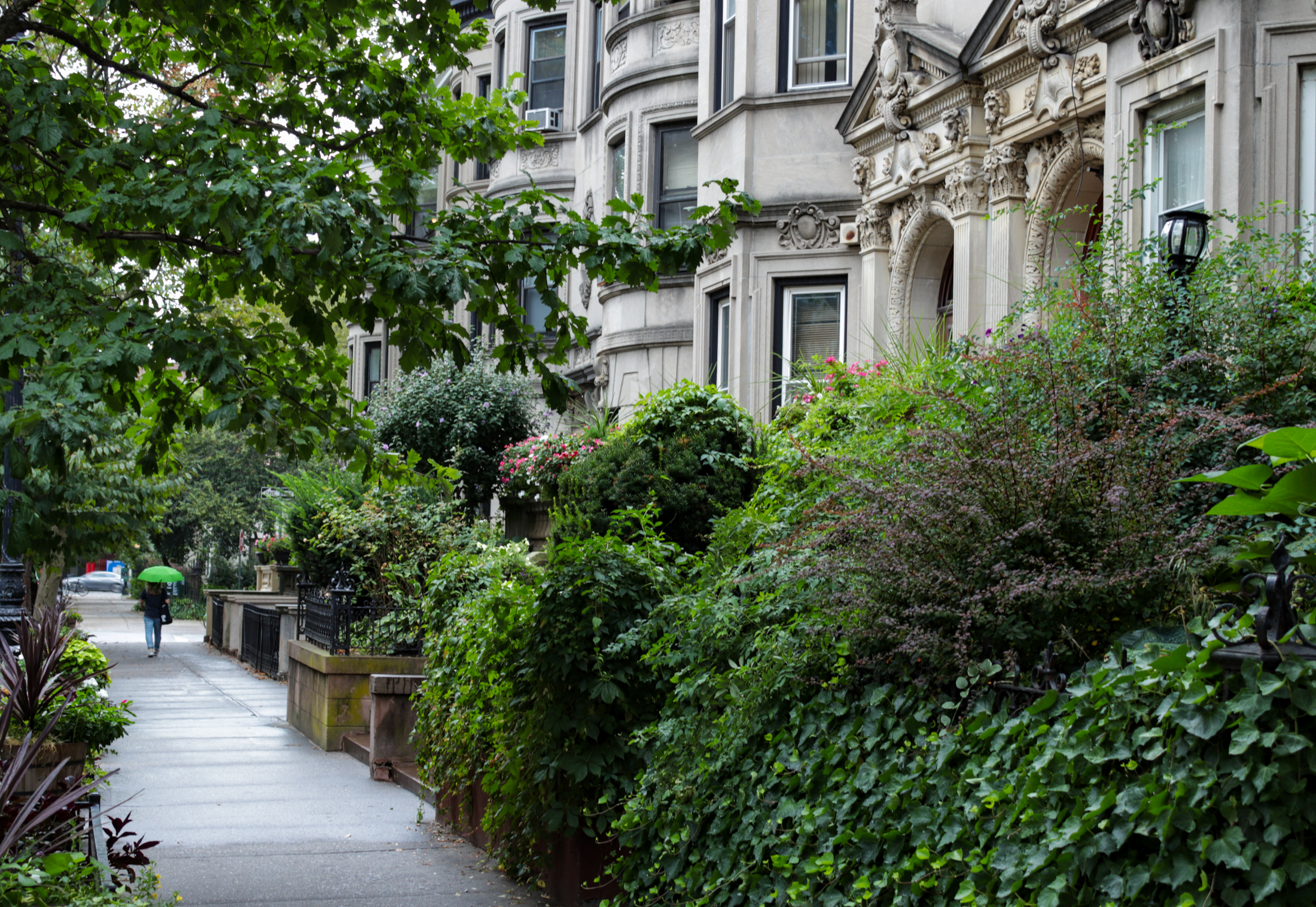Building of the Day: 930-940 Prospect Place
Brooklyn, one building at a time. Name: Apartment buildings Address: 930-940 Prospect Place Cross Streets: New York and Brooklyn Avenues Neighborhood: Crown Heights North Year Built: 1916-1917 Architectural Style: Colonial Revival with Flemish Renaissance details Architect: John C. Wandell Company Other Buildings by Architect: Apartment buildings and houses in Flatbush, Crown Hts South, East Flatbush,…

Brooklyn, one building at a time.
Name: Apartment buildings
Address: 930-940 Prospect Place
Cross Streets: New York and Brooklyn Avenues
Neighborhood: Crown Heights North
Year Built: 1916-1917
Architectural Style: Colonial Revival with Flemish Renaissance details
Architect: John C. Wandell Company
Other Buildings by Architect: Apartment buildings and houses in Flatbush, Crown Hts South, East Flatbush, and other parts of Brooklyn
Landmarked: Yes, part of Crown Heights North HD, Phase II (2011)
The story: I often talk about the large, grand apartment buildings that replaced the mansions of the St. Marks District and other parts of Brooklyn. Most of them were built in the mid-1920s and early 1930s, and were a grand step up for the upwardly mobile children and grandchildren of the immigrants who came here in the late 1800s. Those buildings were built to impress, with elegant lobbies, marble staircases and large seven-plus room apartments with maid’s quarters.
But there was another category of apartment building in Crown Heights, one in between the railroad flats buildings of the 1890s and those classic sixes on St. Marks. These apartment buildings were built a bit earlier than the larger buildings, most in the teens, and were built for those who wanted, or needed, a smaller apartment. This niche market was quite large, and the developers, realtors and architects who catered towards them were ready.
The New York Times quoted a realtor working in the Brooklyn market in 1910. He said, “Changed conditions in living, transportation, and the call to the country have all combined toward lessening the demand for large private homes. Present-day families … are not so large as years ago. Then again, when a member gets married, the new couple, instead of settling down under the home roof, as was often the case years ago, now want a little home of their own.”
“What is more natural as a starter than an apartment? It is either this or a modest home in the suburbs…. The difficulty of getting good help and keeping it and the big wages that must be paid have contributed … more than anything else to the demand for small apartments, the four to six room suites so popular in Manhattan. In such a place the young wife can do all the work herself, and without great difficulty.”
Ok… With that in mind, it was important that these smaller apartment buildings still be attractive. A select group of up and coming architects began specializing in apartment buildings, coming up with designs and layouts that would accommodate these four to six room apartments still allowing for plenty of street or courtyard views, and fresh air. Amenities were important, too, as many of these young housewives had never taken care of a house or apartment in their lives. The new apartments had the latest in refrigeration, ranges, plumbing facilities and lots of closets.
One did not want to live in a blah tenement, either, so the architects of these buildings put a lot of care in designing the latest architectural styles into their buildings. These apartment houses on Prospect Place, in the still-posh St. Marks District, are fine examples. They were built on the site of a stable, another sign that the neighborhood and the times were changing. The automobile was making the horse and carriage passé, and their accommodations unnecessary.
The love for the Colonial Revival style of architecture was in full swing. The new suburbs of Westchester and Long Island, and even the more urban suburbs of nearby Flatbush, were being built up with Colonial Revival houses of all kinds. As architects experimented with the various influences on that Colonial Revival, many embraced the Dutch and Flemish influences that went into the New Amsterdam Dutch Colonials.
930 and 940 Prospect Place were designed by the John C. Wandell Company. They were both built in 1916-1917 for owner Henry Healy. They are similar in exterior design, although not identical, and were probably also very similar inside, as well. They were also both advertised together. 940 is a prettier building, however.
Both are faced in Flemish-bond brick, and are both in the Colonial Revival style, with splayed lintels and double keystones. Both have Flemish rooftop gables; 930’s are more triangular, while 940’s are more rounded. 930 has some decorative brickwork in the middle of a grand triple story window, but 940 has much more elegant spandrels with triple stone arches. Decorative brickwork in the gables called diaper work; those diamond shaped decorative repeated patterns, are especially attractive in 940. They are a Jacobean influence, and call to mind that period’s influence on what we call Colonial Revival today.
940 has been in legal limbo for a long time, with a four million dollar lis pendens on it. It narrowly escaped the auction block in 2013. With all of the changes in Crown Heights these days, I wonder what will become of this building. It’s only half a block from Brower Park, and it, like 930, has 16 units in it. Ads from 1917, when the building was new, show rents were $50-$65 a month. In 1932, as the Great Depression rolled on, rents here, adjusted down for the hard times, were now $62 to $85 a month. Today? The sky’s the limit. GMAP
(Photo:Christopher D. Brazee for Landmarks Preservation Commission)













What's Your Take? Leave a Comment